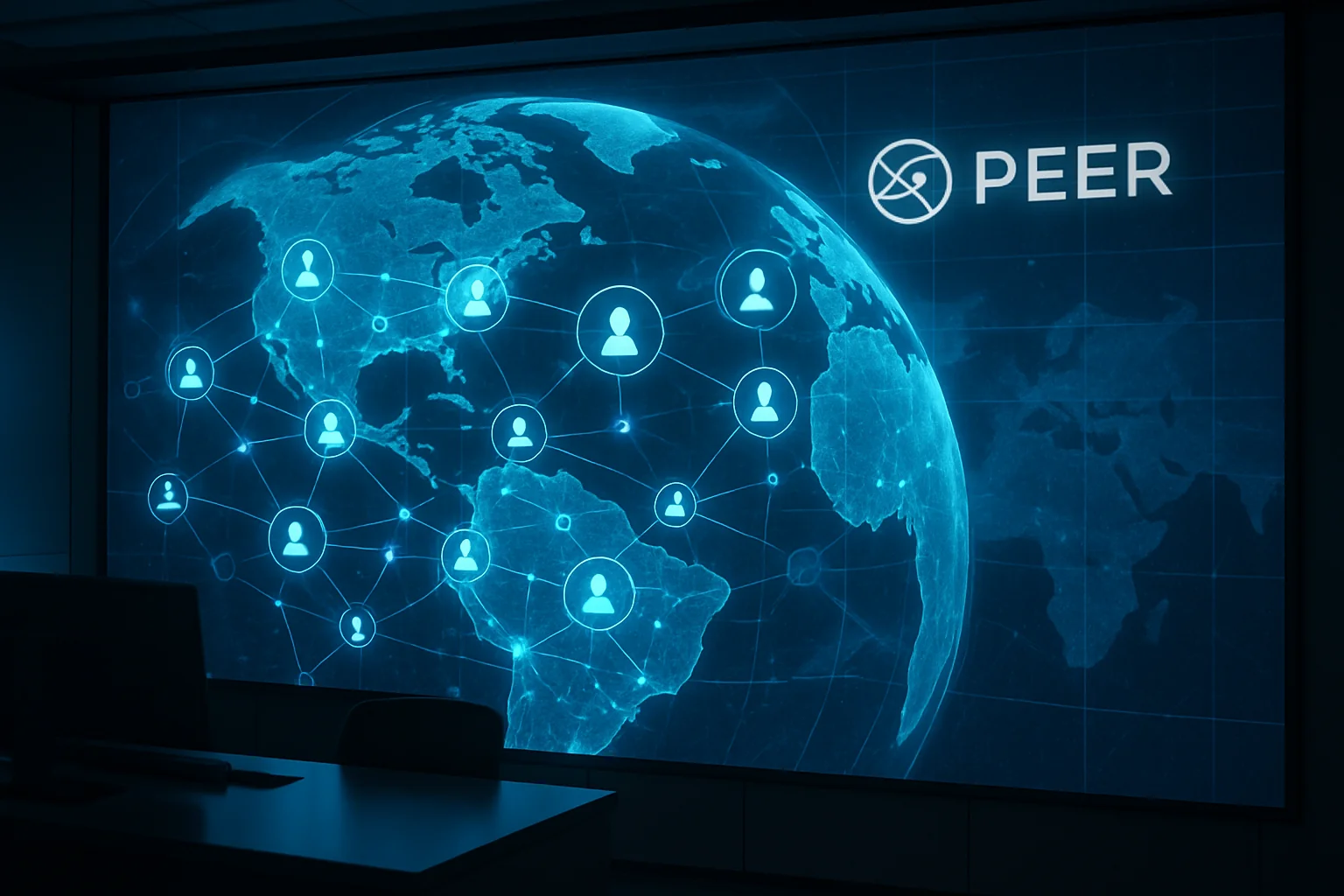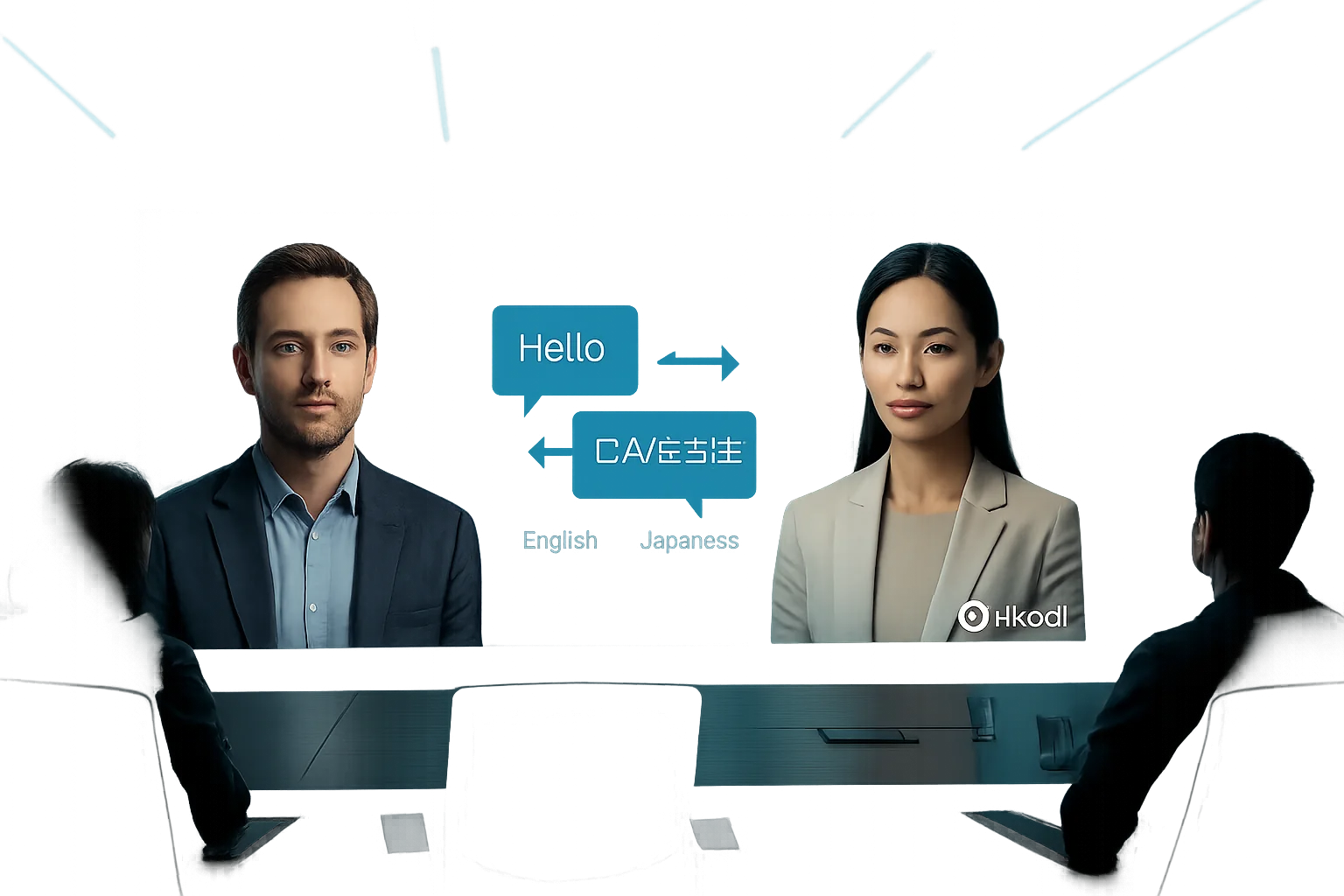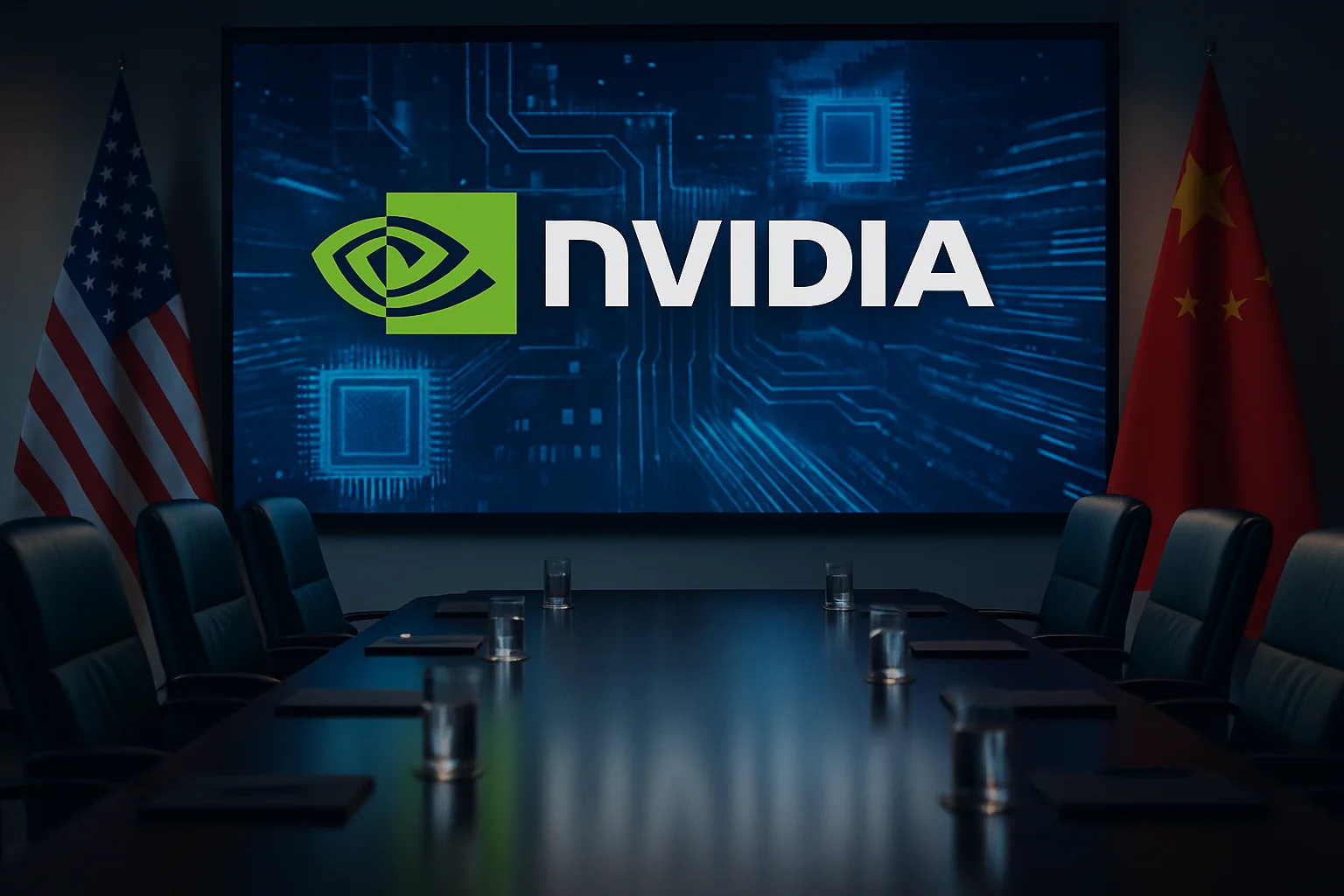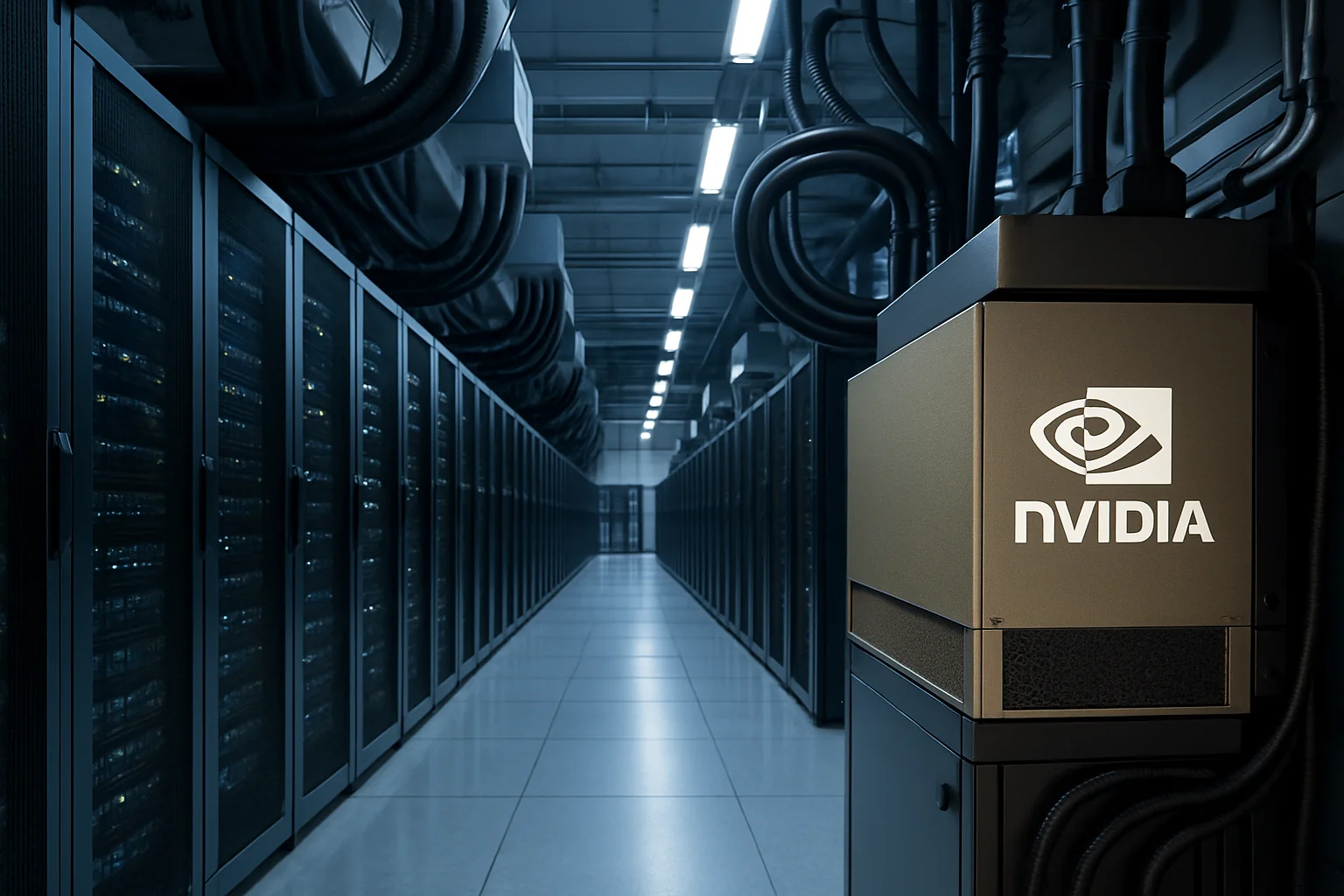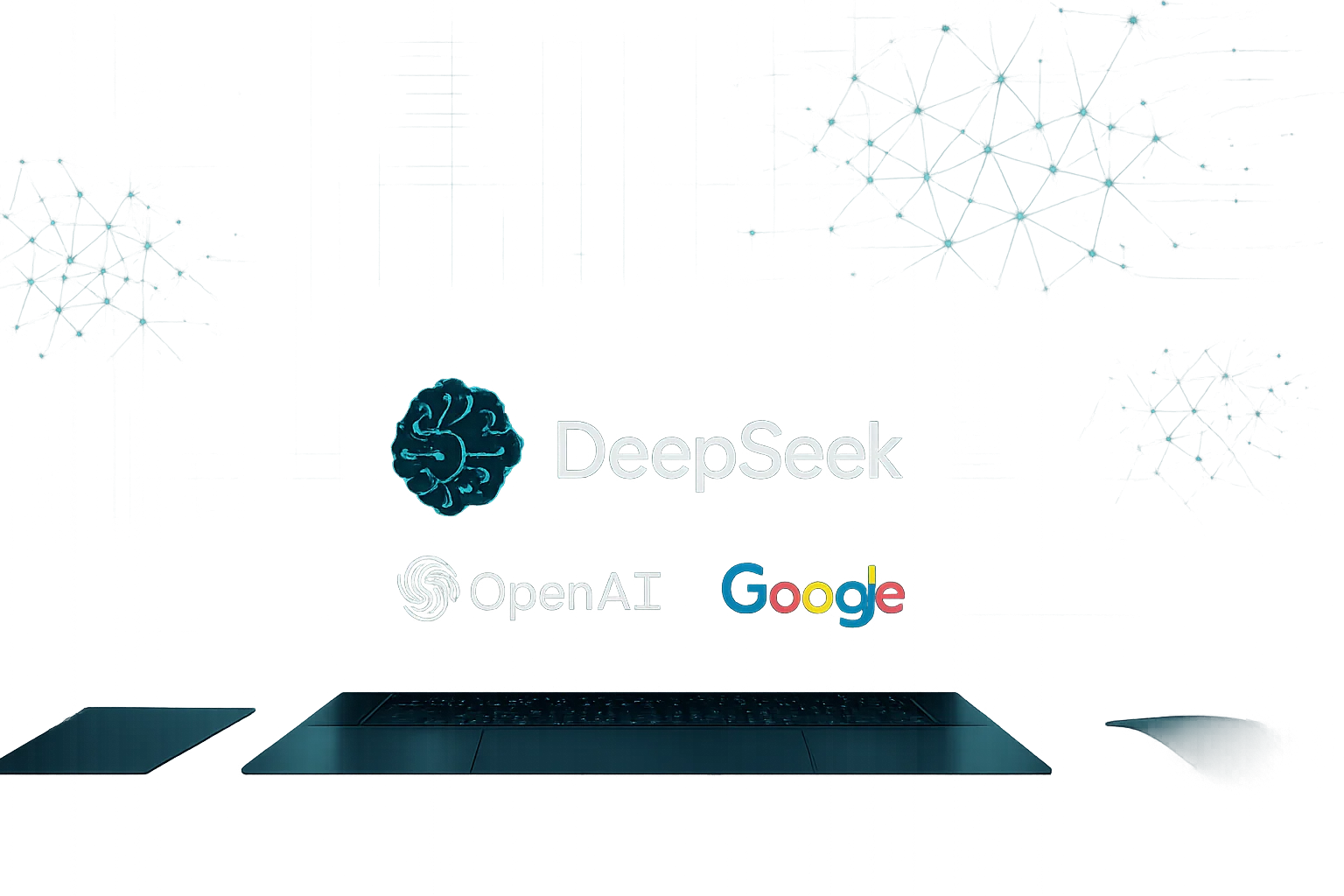Peer, an AI-native platform aiming to reinvent the internet, has officially launched Global Simulation—a real-time digital Earth where users appear as avatars, connect by location, and build relationships within a living, spatial network.
A New Home for Agentic AI
Peer is designed as a native environment for agentic AI, providing an operating system where artificial intelligence can move, perceive, and act within a shared world. By giving AI a form and placing it in a persistent, spatial environment, Peer creates a natural interface for human-AI interaction. According to CEO Tony Tran, Peer supports both Web3 and Web2 experiences and is accessible across all devices, including phones and headsets.
“We’re launching the world’s first operating system where we’re giving AI a form and a place to live. The idea is a planet-wide simulation that works on every kind of device,” Tran explained.
Geography Meets Digital Presence
Peer’s Global Simulation ties the main user experience to geography, allowing users to explore real-world locations like Japan or Paris as avatars. Each user is paired with a personal AI agent—an intelligent companion that learns, evolves, and operates alongside them. This approach aims to make AI feel personal, useful, and seamlessly integrated into daily life.
Tran envisions Peer as the foundation for a future where everyone has a digital presence, reminiscent of the early days of the internet. “My dream is to build the first Ready Player One type of experience,” he said, emphasizing accessibility for users without expensive hardware.
Blending Physical and Digital Worlds
Peer’s interface is grounded in real-world geography, enabling AI to extend into physical reality through augmented reality and spatial computing. “We’re not launching another app—we’re opening the portal to a new digital world,” Tran stated. The platform combines the virality of social networks with the monetization potential of games, laying the groundwork for an emerging AI economy.
The Map as a Medium
At the heart of Peer is a dynamic 3D map of the world, serving as a substrate where digital experiences are anchored to real places. Users appear as avatars tied to both real and virtual locations, with full control over their visibility. Powered by GPS and Peer’s own Virtual Positioning System (VPS), the map becomes an interactive space for exploration, content sharing, and community building.
Unlike traditional apps or games, Peer allows users to travel anywhere in the world and jump into the map to explore, offering a persistent, composable world that scales beyond entertainment into utility, commerce, and creation.
Key Features at Launch
- Real-time simulation of Earth, enabling seamless movement and avatar presence globally
- Customizable avatars with granular control over appearance and privacy
- Location-aware presence, keeping users grounded in the physical world
- A spatial interface designed for discovery and meaningful proximity
- Composable World Layering, allowing personalized experiences within the same persistent world
Peer also supports blockchain and cryptocurrency integration, enabling property ownership and verification within the virtual world.
The Agentic World in Action
Peer’s technology enables users to zoom in and explore locations in first or third person, with real-time weather influencing the digital environment. Users can create treasure hunts, send AI agents to interact on their behalf, and even have multiple agents operating simultaneously in different locations. Businesses can advertise and create branded spaces, with dynamic layering offering personalized content experiences.
Tran highlighted the platform’s uniqueness: “Peer is the first platform that lets the entire world enter the same persistent simulation—a planet-scale MMO tied to the real world, accessible instantly from any mobile phone.”
Origins and Vision
Peer’s team, many of whom previously worked on the Zenly app, began development in July 2021. Their vision is to bring people and AI together in a shared experience, blending digital and physical worlds through advanced mapping and positioning technologies. Users can explore historical versions of cities, fly on virtual broomsticks, and create or import 3D objects for use in the world. Businesses can establish verified virtual spaces, leveraging blockchain for authenticity.
With 65 team members and $68.5 million raised to date, Peer is rolling out its first phase, with plans to expand into immersive worldbuilding, advanced AI agents, and custom hardware.
Looking Ahead
By merging a simulation of Earth with generative AI, avatars, and real-time spatial interaction, Peer aims to create a new operating system for human-AI coexistence. The platform is now available on the App Store, Google Play, and at peer.inc, inviting users worldwide to step into a persistent, AI-powered digital Earth.
